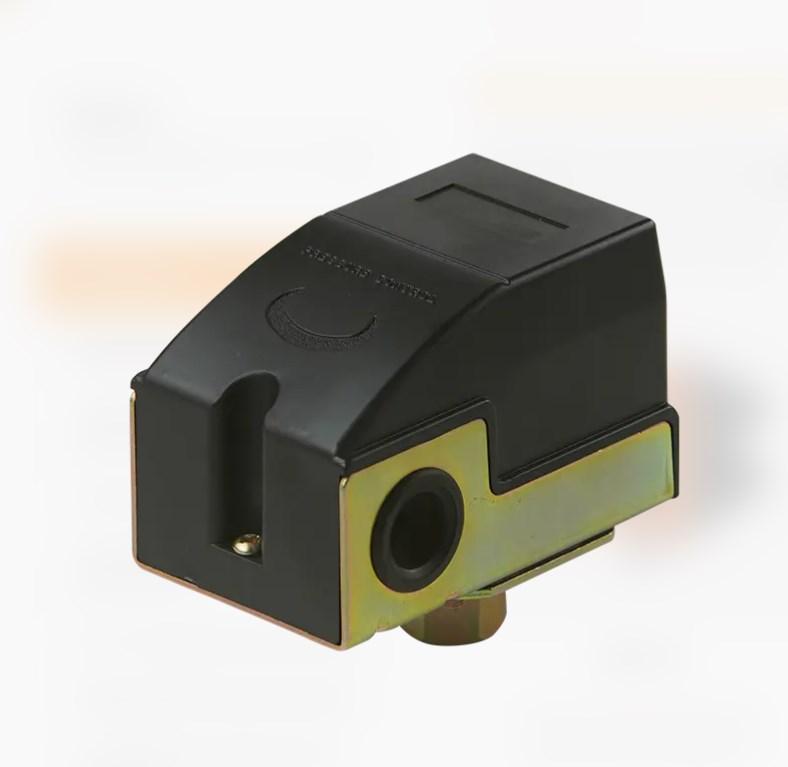Pressure switches are integral components in various industrial applications, serving critical roles in monitoring and controlling pressure levels. These switches detect changes in pressure and initiate specific actions based on preset thresholds, ensuring safety, efficiency, and reliability across diverse industries.
In industrial settings, a pressure switch is a specialized device designed to sense alterations in pressure within a system and trigger corresponding responses. Typically, pressure switches consist of sensing elements, electrical contacts, and an actuator mechanism. When the pressure in the system reaches a predetermined level, the sensing element, which could be a diaphragm, piston, or Bourdon tube, deforms accordingly. This deformation activates the actuator, causing the electrical contacts to open or close, depending on the switch's design.
Several common types of pressure switches are employed across different industries, each tailored to specific applications and environmental conditions. One prevalent variant is the electromechanical pressure switch, which utilizes mechanical movement to actuate electrical contacts. These switches are versatile and find use in diverse sectors, including manufacturing, automotive, and HVAC systems.
Another widely used type is the solid-state pressure switch, which employs semiconductor technology for pressure sensing and signal processing. Solid-state switches offer high precision, reliability, and resistance to vibration, making them ideal for demanding applications such as aerospace, medical equipment, and laboratory instrumentation.
Pressure switches play a crucial role in ensuring the safety and efficiency of hydraulic systems, where precise pressure control is paramount. By continuously monitoring pressure levels, these switches prevent overpressurization, which can lead to equipment damage, leaks, or catastrophic failures. Moreover, pressure switches facilitate the implementation of automated safety protocols, such as emergency shutdowns or pressure relief mechanisms, safeguarding personnel and equipment from harm.
In hydraulic machinery, pressure switches contribute to operational efficiency by optimizing performance and reducing energy consumption. By maintaining pressure within optimal ranges, these switches help minimize wear and tear on components, prolonging equipment lifespan and reducing maintenance costs. Additionally, pressure switches enable the implementation of energy-saving strategies, such as variable-speed drives and load-dependent controls, enhancing overall system efficiency and sustainability.
In conclusion, pressure switches are indispensable devices in industrial applications, providing essential pressure monitoring and control capabilities. Their versatility, reliability, and contribution to safety and efficiency make them indispensable across various sectors. Whether ensuring the integrity of hydraulic systems or optimizing performance in manufacturing processes, pressure switches play a vital role in modern industrial operations.

